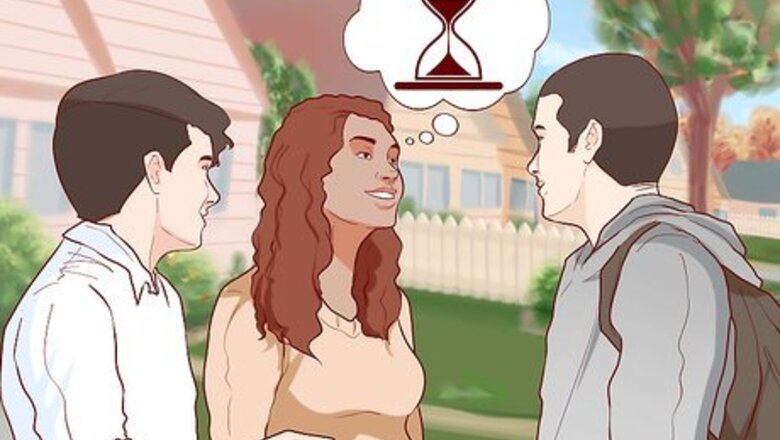
views
Respecting Japanese Greeting Etiquette
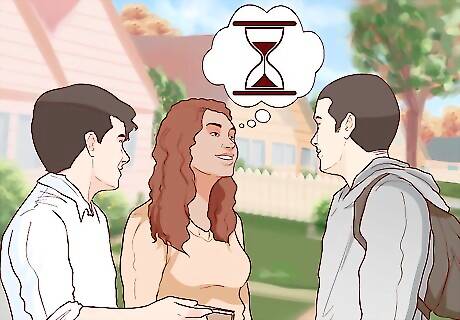
Wait until you are introduced. In Japan, it is rude to introduce yourself. When possible, wait to be introduced in formal and informal settings. This demonstrates that you understand your status in relation to the statuses of those around you.

Bow. When Japanese men and women greet each other, they bow out of respect. Non-Japanese men and women are expected to partake in this custom as well. To correctly perform a bow, you must assume the correct posture. Place your heels together and lay your palms flat on your thighs. There are four types of bows: The eshaku, or greeting bow, is a 15° bow. This bow is used during an informal meeting. While this bow is not held long—less than 2 seconds—it is important that you do not appear rushed. The futsuu rei, or respect bow, is a 30° to 45° bow. This bow lasts for two deep breaths. The saikei rei, or highest respect bow, is a 45° to 70° bow. This bow is appropriate at any occasion. It is commonly held for 2 seconds. On very formal occasions, bows are deeper and held longer.

Refrain from extending your hand. In Western nations, the handshake is an accepted and expected component of formal and informal greetings. The handshake, however, is not a common part of the Japanese tradition. Upon meeting, do not extend your hand.
Greeting an Equal, an Acquaintance, or Someone New

Greet a friend. When you run into a friend, you may say hisashiburi. This phrase means “nice to see you again. It can also mean “long time no see.” It is pronounced ‘’hee-sah-shee-boo-ree’’.
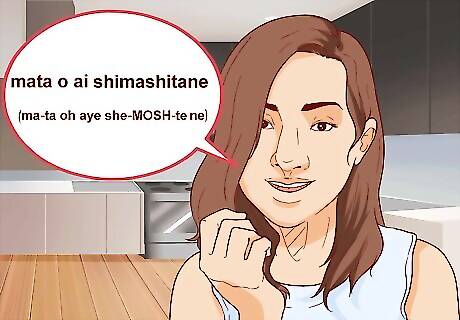
Greet an acquaintance you met once before. When you greet an acquaintance, you may say mata o ai shimashitane. Translated, this means “I see you again.” It also means, “we meet again.” It is pronounced ma-ta oh aye she-MOSH-teh ne.

Greet a stranger. When you are introduced to someone new for the first time, you may say hajimemashite. This means “nice to meet you.” It is pronounced hah-jee-meh-MOSH-teh.
Greeting a Respected Member of Society
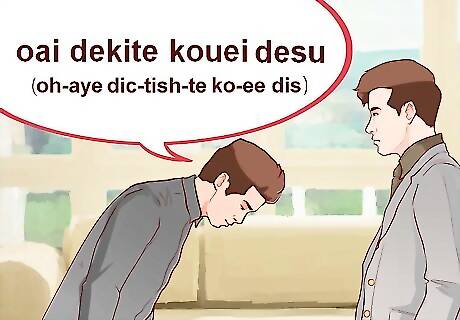
Greet a person of high stature. There are special greetings reserved for members of high society. When meeting a man or woman of high stature for the first time, you may say oai dekite kouei desu. This means “delighted to meet you.” It is pronounced oh-aye dic-tish-te ko-ee dis. When meeting a man or woman of high stature for the second time, you may say mata oai dekite kouei desu. This phrase means “it is a great honor to meet you again.” It is pronounced ma-ta oh-aye dic-tish-te ko-ee dis.

Greet a respected member of society. When you meet a well respected member of society, such as the owner of a business, it is appropriate to use a slightly less formal greeting. When meeting this person for the first time, you may say oai dekite kouei desu. This means “delighted to meet you” and is pronounced oh-aye dic-tish-te ko-ee dis. Upon meeting them for the second time, you may say mata oai dekite ureshii desu. This phrase means “pleased to meet you again.” It is pronounced ma-ta oh-aye dic-tish-te UR-e-she dis.
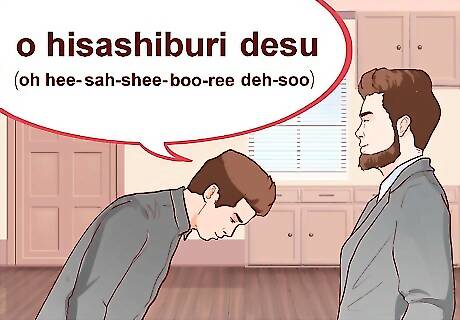
Insert an “O” in front of informal greetings. In Japan, there are greetings reserved for meeting a person of a higher status. To turn informal greetings into formal greetings, insert “O” before the informal phrase. For example, ‘’hisashiburi desu’’ becomes ‘’o hisashiburi desu’’. It is pronounced ‘’oh hee-sah-shee-boo-ree deh-soo neh’’.












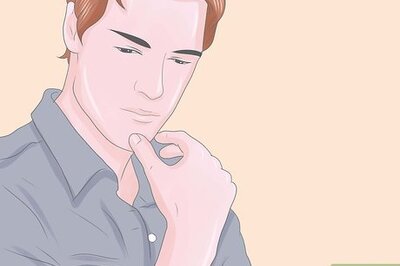

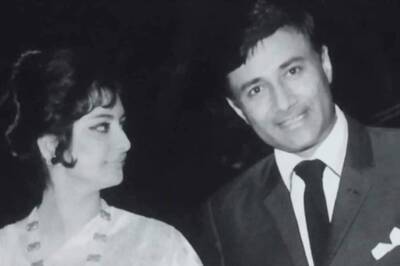
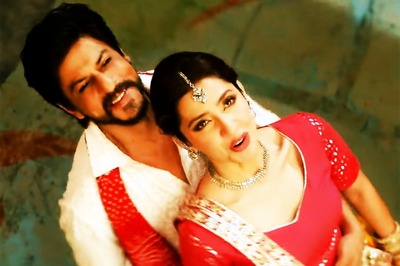

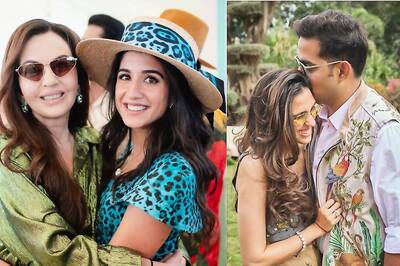


Comments
0 comment